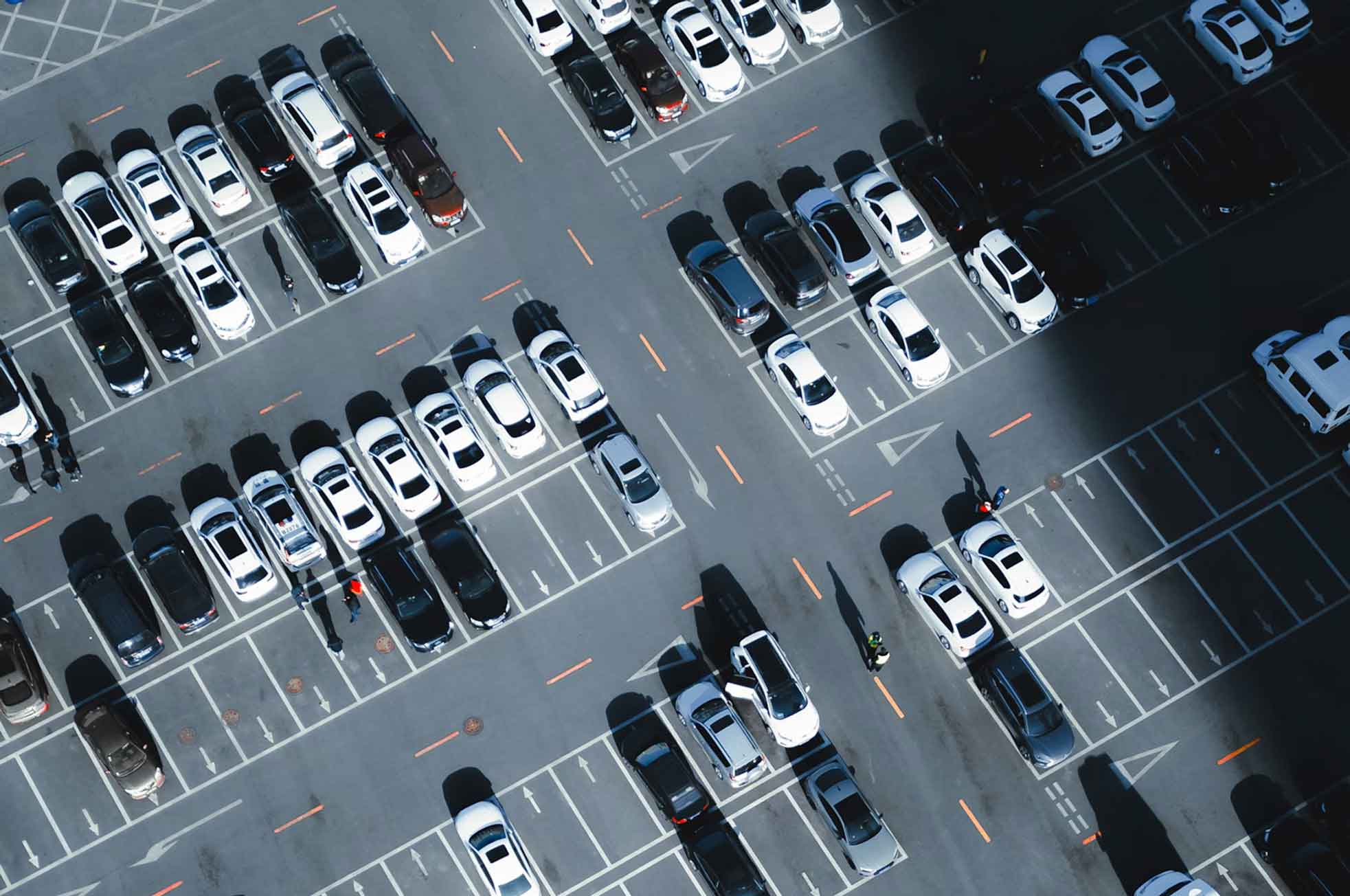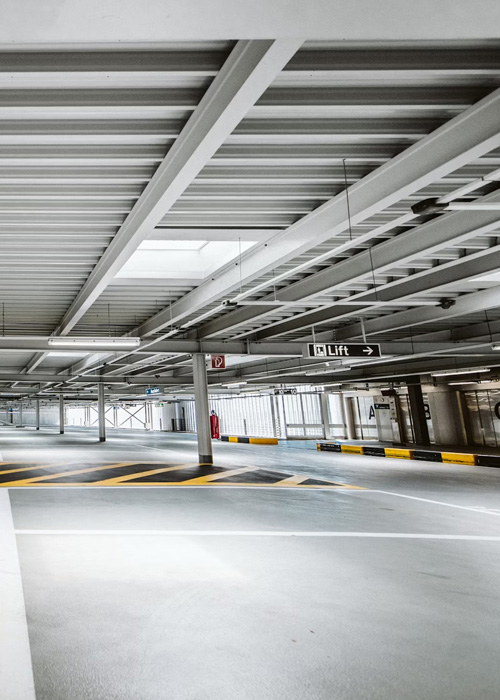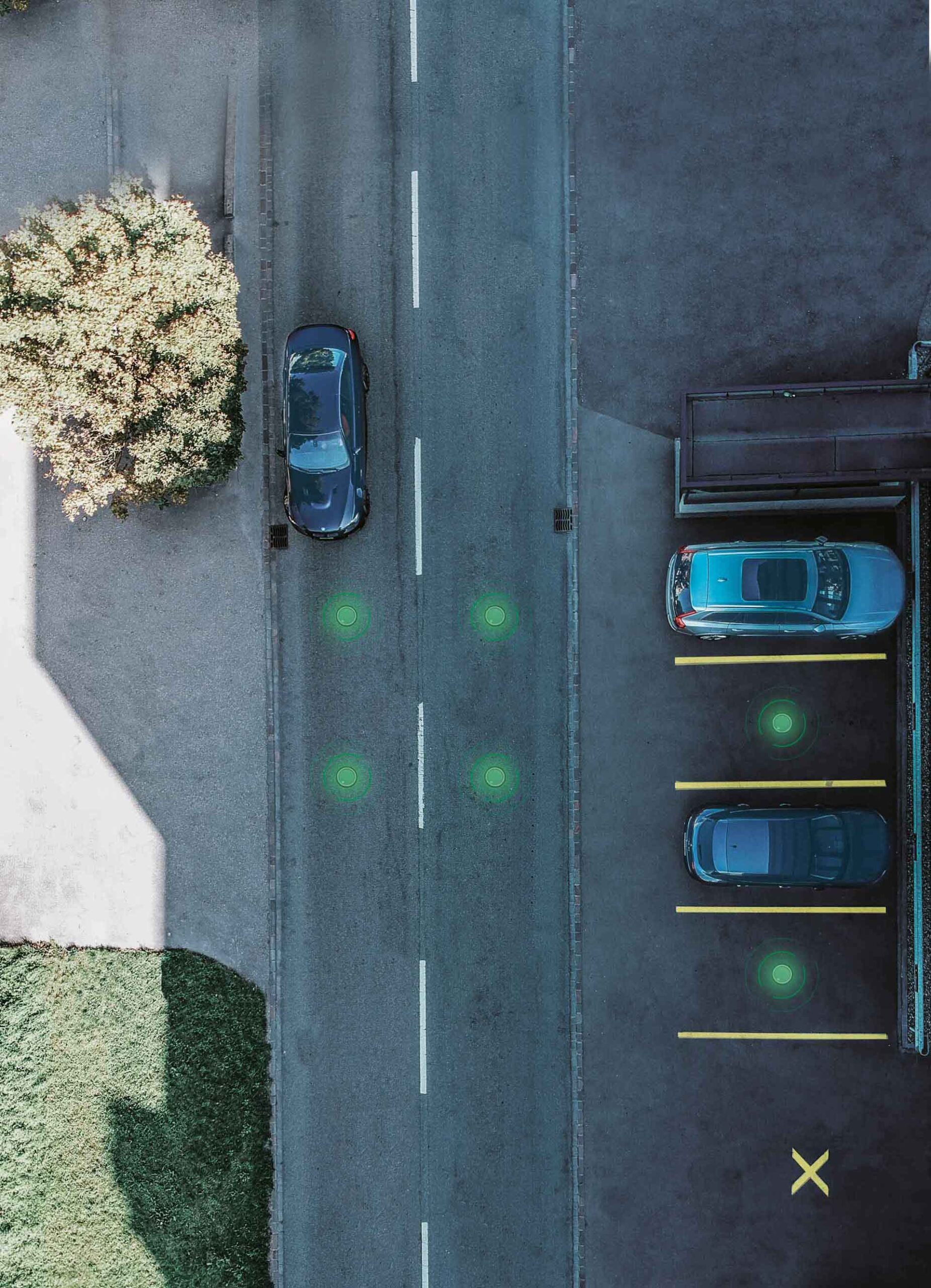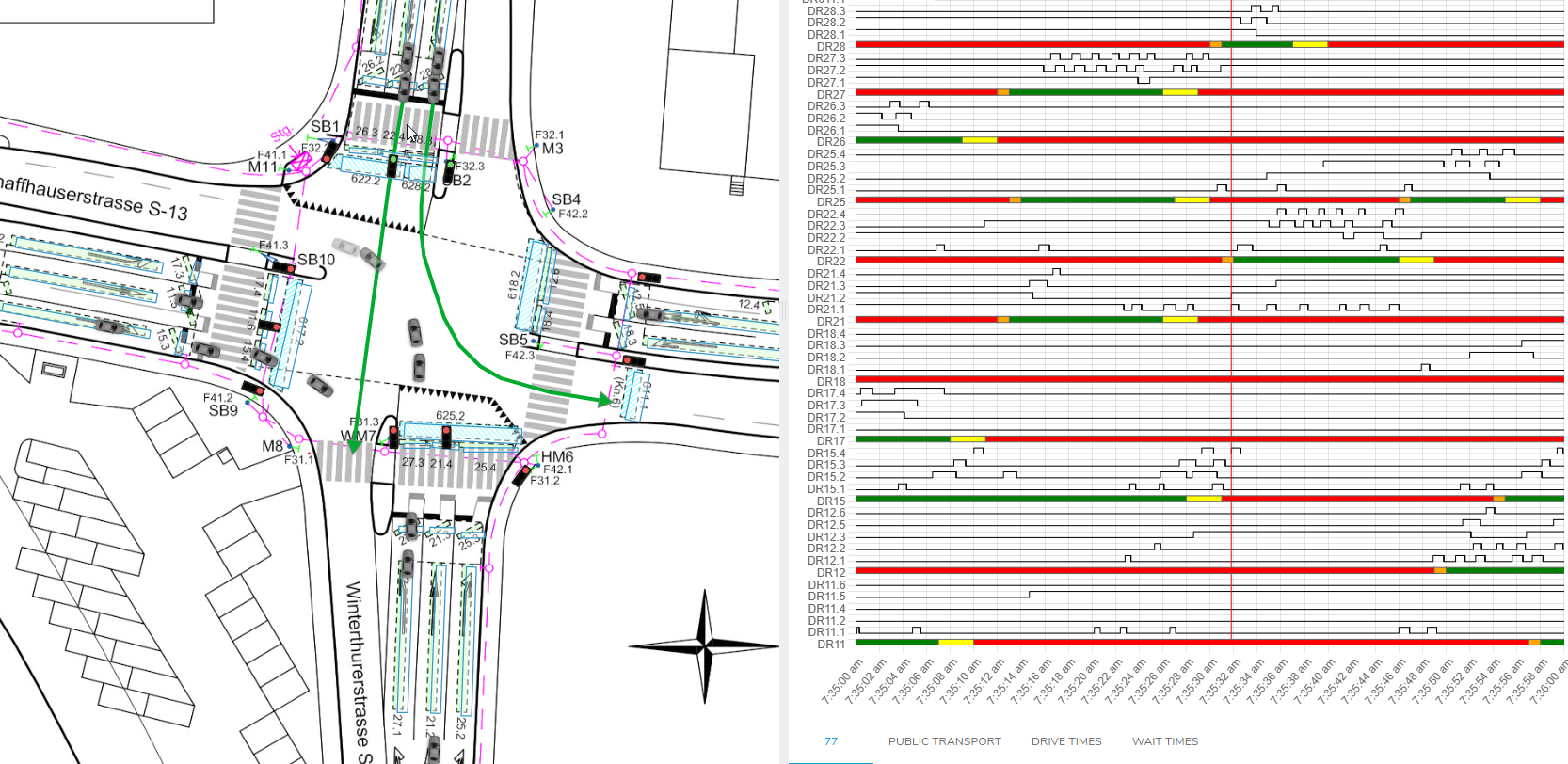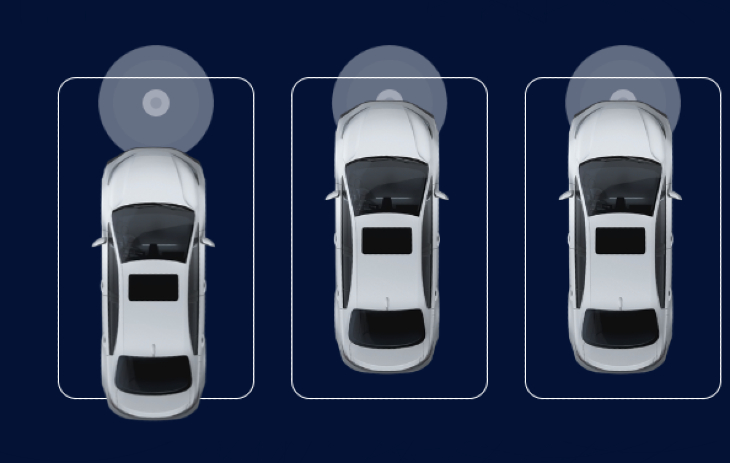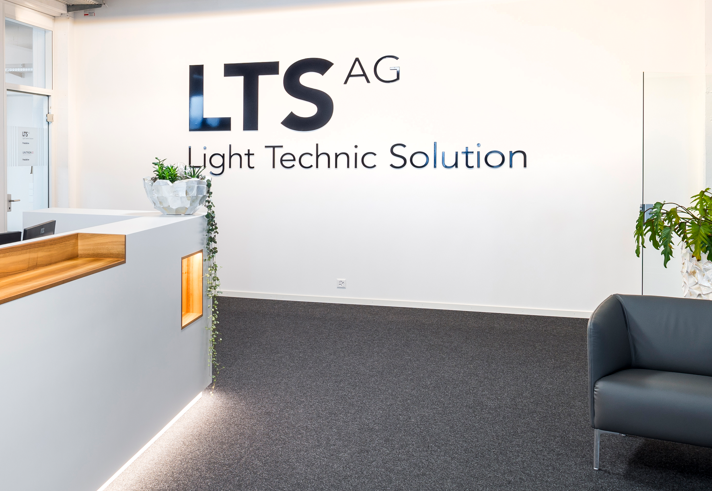Heute träumt die Welt von der Messung der Reisezeiten aller Fahrzeuge. Gewisse Fahrzeuge sind schon heute mit Sendern ausgerüstet, welche die Koordinaten ihrer Position periodisch versenden – V2X heisst diese Technologie.
Unsere Technologie ermöglicht es, für Sie die digitalen Eingänge und Ausgänge in den meisten alten Steuergeräten parallel zur ordentlichen Funktion abzugreifen.
Wir von der LTS AG verraten im Folgenden, wozu Verkehrszählungen notwendig sind und wie sie idealerweise aussehen.
Parkplätze sind in den Städten der Welt zu einem raren Gut geworden. Immer mehr Autos drängen durch die Strassen und suchen nach einem Abstellplatz.
Wir von der LTS AG haben mit TAPS ein modernes System entwickelt, mit dem Smart Parking ganz einfach umgesetzt wird.
News & Blogltsag1dev2025-01-16T14:45:22+00:00
